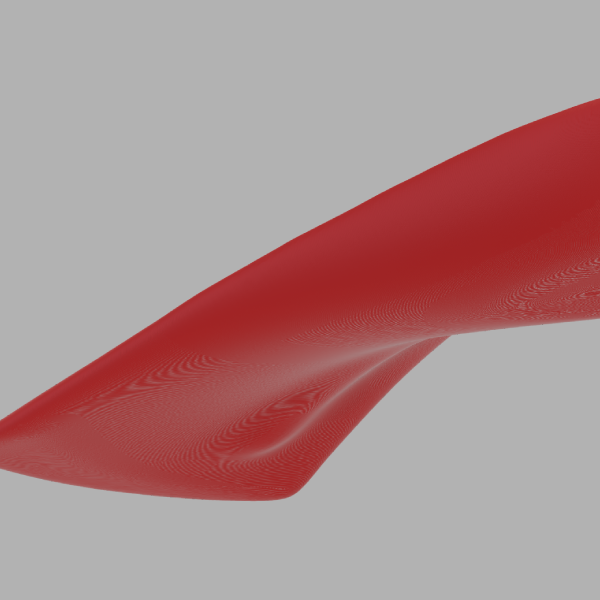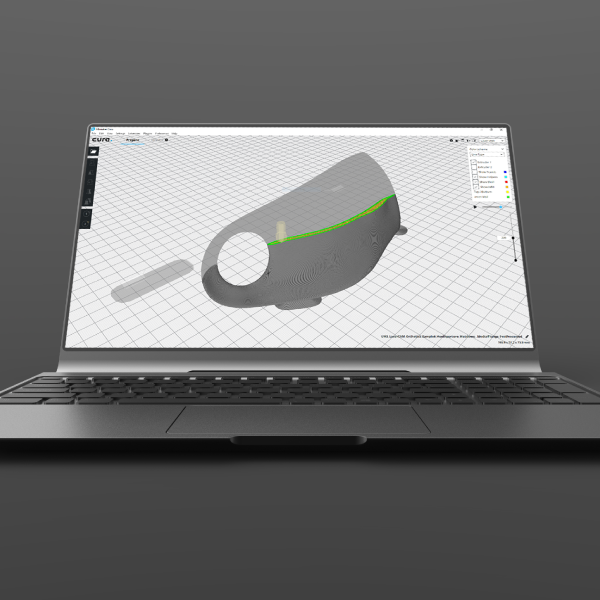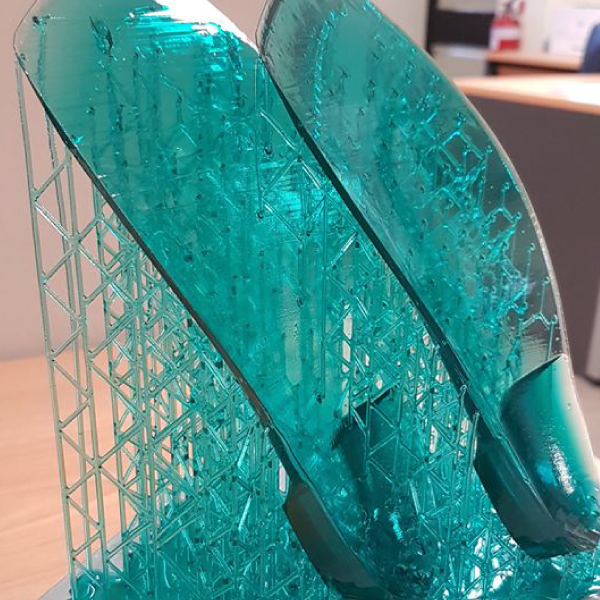3D Printed
This guide will help you understand how to prescribe 3D Printed orthoses using LaserCAM Prescribe software.
Overview
Using this Guide
Our LaserCAM Prescribe software has a number of available pages that are selectable from the left-hand menu. This prescription guide will follow this menu structure, making it incredibly simple to find relevant information. Simply use our menu on the left-hand side to navigate to the appropriate section of the prescription guide.
What are 3D Printed orthoses?
3D Printed orthoses are manufactured using a range of available additive manufacturing techniques. Additive manufacture, known colloquially as 3D printing, is a computer-controlled process that allows for the creation of real-world three-dimensional parts from digital models via the deposition of materials, commonly bonded in successive layers.
What are the different types of 3D printing?
Each form of additive manufacture offers unique advantages and disadvantages. The primary concern for orthosis manufacture is the ability to manufacture an orthosis that has the appropriate mechanical properties and can retain it's shape even after prolonged and repetitive stress.
As additive manufacture technology is a rapidly evolving field, we do not have a recommended 3D printer for our software users. The current industry standard materials are Polyamide-11 and Polyamide-12, which are utilised in Selective Laser Sintering (SLS). We encourage our users to have sample parts printed from local additive manufacturing services in order to evaluate part strength.
Selective Laser Sintering (SLS)
Selective Laser Sintering (SLS) is a technique that involves using a laser as a power source to sinter (melt together) powdered material. For orthosis manufacture this material is commonly Polyamide-11 and Polyamide-12 nylon.
We currently recommend Selective Laser Sintering (SLS) to our users wishing to manufacture 3D Printed orthoses.
Fused Deposition Modelling (FDM)
Fused Deposition Modelling (FDM), sometimes referred to as Fused Filament Fabrication (FFF), is a 3D printing process in which a continuous filament of a thermoplastic material is fed through a moving, heated printer extruder head. This thermoplastic material is deposited in specific locations on a growing object as per commands defined by a computer control.
User feedback suggested that thermoplastic polyurethane (TPU) filaments are the most common form of material utilised in this form of printing.
Stereolithography (SLA)/Direct Light Processing (DLP)
Stereolithography (SLA) and Direct Light Processing (DLP) are very similar as both technologies involve the exposure of a liquid resin to a light source. In SLA the resin is exposed to a laser, whereas in DLP a projector is used. This different in light source results in slight differences to achievable accuracy and surface finishing.
Benefits of 3D Printed Orthoses
3D Printed orthoses offer the following benefits.
![]() Reduction of waste during manufacturing process
Reduction of waste during manufacturing process
![]() Almost limitless design possibilities using RapidShell3D software in combination with freely accessible CAD packages
Almost limitless design possibilities using RapidShell3D software in combination with freely accessible CAD packages
![]() Difficult to achieve full-length intrinsic features in comparison to Machined EVA orthoses
Difficult to achieve full-length intrinsic features in comparison to Machined EVA orthoses
Support
Search Knowledge Base
Related Articles
Submit Support Ticket
If you require further support, please submit a support ticket below.


